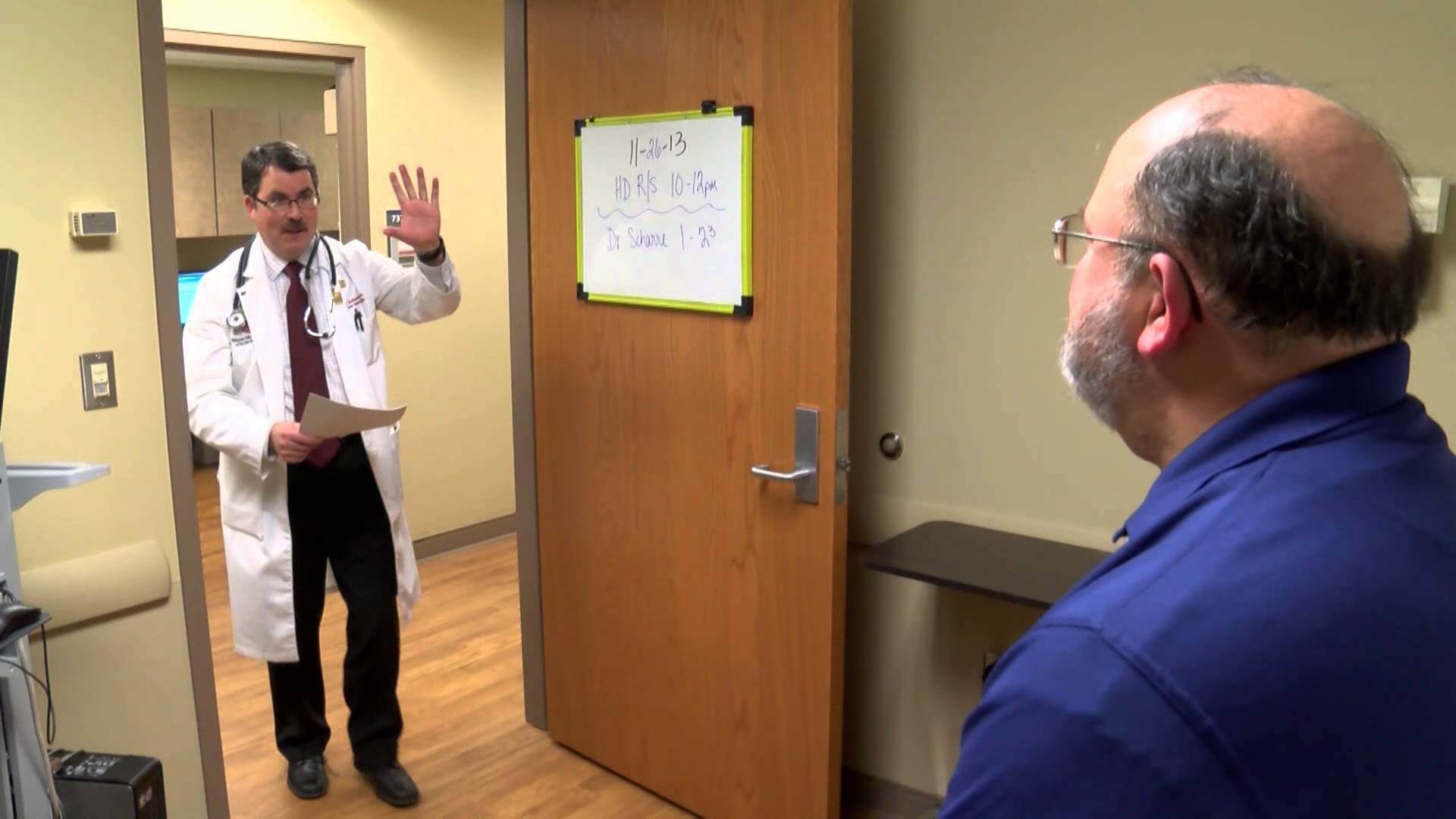Catch memory problems early, take the SAGE test.
How to take the SAGE Test
You do not need special equipment to take SAGE — just a pen and paper. There are four forms of the SAGE test. You only need to take one. It doesn’t matter which one you take; they are all interchangeable.
Click on the link above to download the test. Print it out and answer the questions in ink without the assistance of others. Don’t look at the clock or calendar while taking the test, and if you have questions about an item, just do the best you can. The average time to complete this four-page test is 10 to 15 minutes, but there is no time limit.
When you’re done, take your answer sheet to your doctor so he or she can score it and talk to you about the results. Depending on your score, your doctor may order follow-up tests or simply keep it on file so he can see if there are any changes down the road.
Why take the SAGE test?
You may want to take SAGE if you are concerned that you might have cognitive issues. Or you may wish to have your family or friends take the test if they are having memory or thinking problems. The difficulties listed can be early signs of cognitive and brain dysfunction. While dementia or Alzheimer’s disease can lead to these symptoms, there are many other treatable disorders that also may cause these signs.
It is normal to experience some memory loss and to take longer to recall events as you age. But if the changes you are experiencing are worrying you or others around you, SAGE can be a helpful tool to assess if further evaluation is necessary.
Unfortunately, many people do not seek help for these kinds of symptoms until they have experienced them for several years. There are many treatable causes of cognitive and thinking loss, and in some cases, medications or other treatments can be very effective-especially if provided when symptoms first begin.
Remember that SAGE does not diagnose any specific condition. The results of SAGE will not tell you if you have Alzheimer’s disease, mini-strokes or any number of other disorders. But the results can help your doctor know if further evaluation is necessary.
What do I do after I take the test?
After you complete the test, take it to your primary care physician. Your doctor will score it and interpret the results. If indicated, your doctor will order some tests to further evaluate your symptoms or refer you for further evaluation.
If your score does not indicate any need for further evaluation, your doctor can keep the test on file as a baseline for the future. That means, you can take the test again in the future, and the doctor can see if there are any changes over time.
There is no answer sheet provided here for you to score yourself because there are multiple correct answers to many of the questions on the test. SAGE should be scored by your physician.
If you do not have a primary care physician, you can find one through our list of providers at The Ohio State University Wexner Medical Center.

